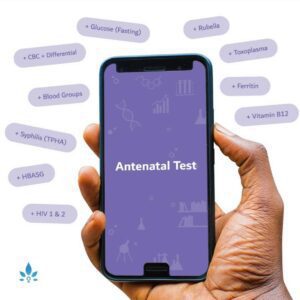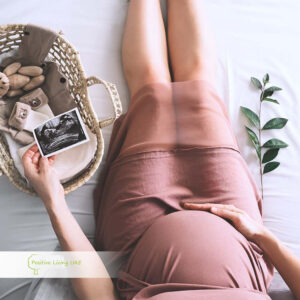Is Performing a C-Section Better Than Inducing Labour? [2024]


Is Performing a C-Section Better Than Inducing Labour, when it comes to giving birth, usually the preferred option is to let labour proceed naturally. However, there are times when it is not in the mother or baby’s interest for this to happen. When the health of either is at risk, or if gestation has exceeded 41 weeks duration, then it is highly probable that an alternative strategy will need to be implemented.
There are two options available, inducing labour or performing a C-section. With an induction, the uterus is artificially stimulated to contract, and it is then hoped that labour will proceed as per a natural delivery. In contrast, a C-section is a surgical procedure, whereby a cut is made in the abdomen and the baby is removed that way, rather than via the vagina.
Sometimes the only safe option is to perform a C-section, for example if the baby is breach, or when an emergency situation arises. However, there are other times when you may be presented with a choice and if this happens, what is the correct answer?
Unfortunately there is no definitive right answer. An induction can be at least as safe as spontaneous labour and, if performed in the week prior to the due date, it is thought to reduce the risk of preeclampsia in the mother and respiratory distress in the child, possibly as a result of the placenta remaining fully functional. Unlike C-sections, inductions are not surgical procedures and thus, if all goes to plan, the recovery period is shorter.
It is however, a big ‘IF’. Induced labours are typically more painful, meaning more women will request stronger pain relief including epidurals, and there is a greater likelihood of assisted delivery, such as the use of forceps or ventouse. There is also an increased risk of hyperstimulation of the uterus., Uterine hyperstimulation causes more frequent, longer contractions, which can lead to complications such as foetal heart rate abnormalities and, in rare cases, uterine rupture. In a significant number of women, induction does not work and a C-section becomes necessary.
The advent of the C-section was undoubtedly a medical revolution, instantly saving the lives of millions of women and children. However, C-sections bring with them all the risks of regular surgery, including blood clots, wound infection and bleeding. The recovery period is typically longer after a C-section than after a natural birth, driving restrictions are enforced and a scar remains, although this will fade over time.
Whilst current guidelines stipulate that an induction should only be performed when the risks of continuing the pregnancy outweighs the benefits, with more women than ever requesting elective C-sections, the World Health Organisation has highlighted an urgent need for medical assessment efforts to address the risks of induced labour compared to elective C-section. Until such work is undertaken, it becomes a matter of individual circumstance, personal choice and ultimately weighing up what is best for you and your baby.
Sources:
- Grobman, W A, et al. “Labor Induction versus Expectant Management in Low-Risk Nulliparous Women.” The New England Journal of Medicine, vol. 379, no. 6, 9 Aug. 2018, pp. 513–523., doi:10.1056/NEJMoa1800566.
- WHO Recommendations for Induction of Labour. World Health Organisation, http://apps.who.int/iris/bitstream/handle/10665/44531/9789241501156_eng.pdf?sequence=1. Accessed on 23/01/2019.
- Inducing Labour. Clinical Guideline [CG70]. NICE (National Institute for Care and Health Excellence), July 2008, www.nice.org.uk/guidance/cg70/chapter/Introduction. Accessed on 23/01/2019













































